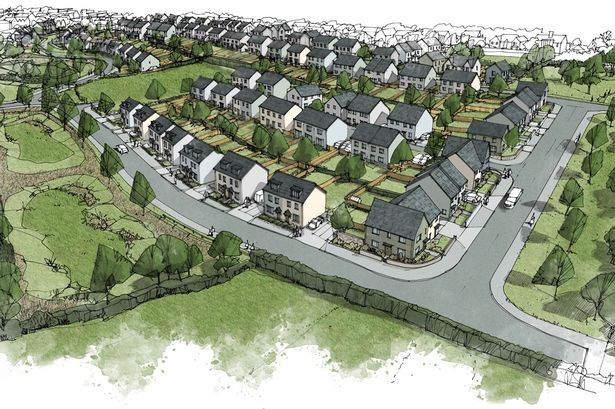Research by new-build snagging experts, BuildScan, has revealed how the issue of snagging within the new-build sector has exploded over the last 15 years as well as revealing which issues are likely to render your new home worthless. BuildScan’s data shows that the average new-build home comes with as many as 157 snagging issues. That’s up from an average of 80 in 2005, a 96% increase and an average annual jump of 6.4% every year. At the same time, new-build house prices have increased by 44% in value, with homebuyers now paying an average of £340,936 despite the drop in quality. In many cases, these snagging issues can be inconvenient but fairly easy to remedy with poorly fitted doors, poor plastering and low attention to detail amongst the most common. However, in the most severe cases, snagging defects can render your home worthless and BuildScan has revealed the top five new-build nightmares to watch out for. Structural defects are a worst-case snagging scenario and often occur due to shoddy foundation work. Cracking in walls, sloped floors and windows or doors that fail to shut as they should are the most common signs and structural snags can be amongst the most expensive, and difficult, to repair. Poor installation or issues with damp-proof coursing, poorly installed pipework or plumbing system defects can also be costly, causing water leaks, intrusion and damage. Not only can they cause serious flooding damage and lingering damp, but they can also leave new-build homeowners without one of life’s basic necessities. The roof is an integral part of our homes but all too often new-build homeowners can find incorrectly fitted roof trusses. Not only do they pose a real danger, but can also breach the standards set by the National House Builders Council – rendering a home worthless. The roof also protects our home from the elements and so even minor damage can lead to a major issue allowing water to seep into loft spaces, walls, ceilings and floors. Perhaps one of the most dangerous snagging areas is electrical and gas supply issues. Wiring issues, in particular, can be particularly common and can pose a very real risk of fire. A poorly installed gas boiler can also be highly dangerous and in a worst-case scenario, it could cause death via carbon monoxide poisoning or explosion. Finally, dreaded black mould can also render your home worthless. It can be particularly common in new-builds if the home isn’t given time to dry out properly and not only is black mould a nightmare to get rid of, but it too can pose a danger to health. Founder and Managing Director of BuildScan, Harry Yates, commented: “An average snagging list of 157 defects may sound unbelievable but that really is the extent of the issues found by many new-build homebuyers and it’s an issue that has unfortunately grown significantly over the last 15 years. These can range from very minor aesthetic issues to far more serious problems such as structural instability that can result in your home being worthless despite the high price paid. This was the driving motivation behind the launch of the BuildScan app. We wanted to provide a seamless platform to help manage the completion and handover process of a build project, allowing all stakeholders within the construction process to proactively plan and coordinate their workflow. With BuildScan they can complete snagging inspections and log any defects found, manage tasks and workflow to rectify these issues, track progress, include punch lists, surveys and more, all within the same space. They can also invite third parties to the process such as homebuyers, surveyors and contractors so that the communication gap between all parties is bridged and a solution can be found. By doing so, we believe we’ve found that solution to a problem that has plagued the new-build sector for years and this should give home buyers and developers alike the tools they need to solve any snagging issue.”







